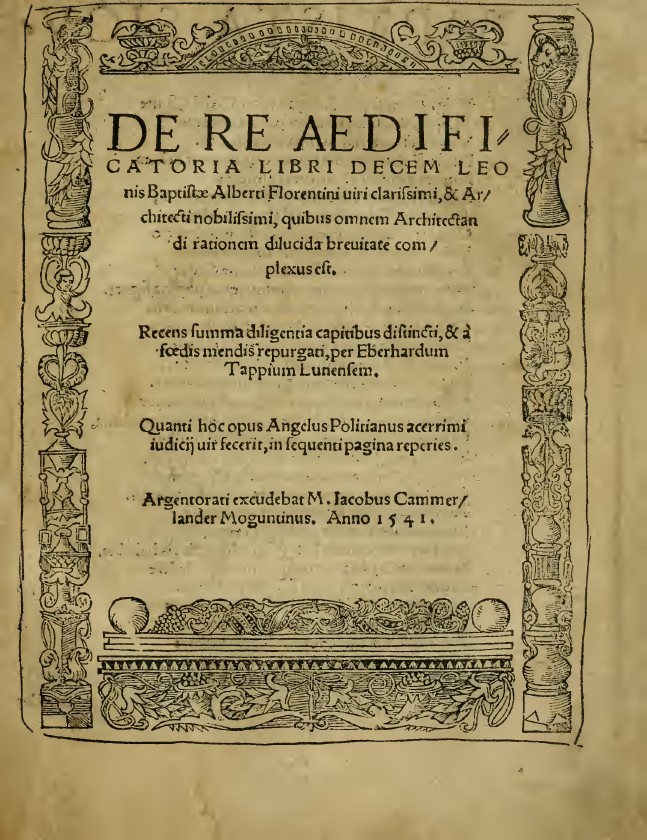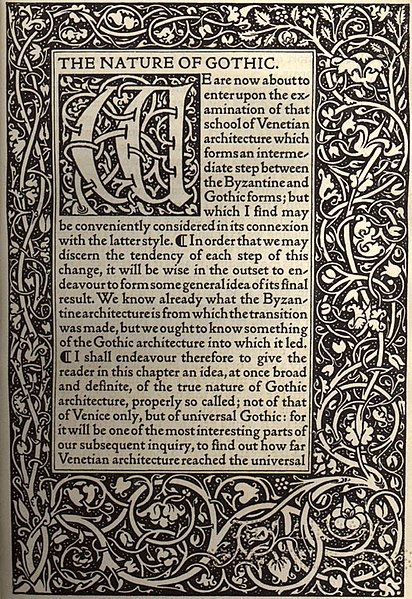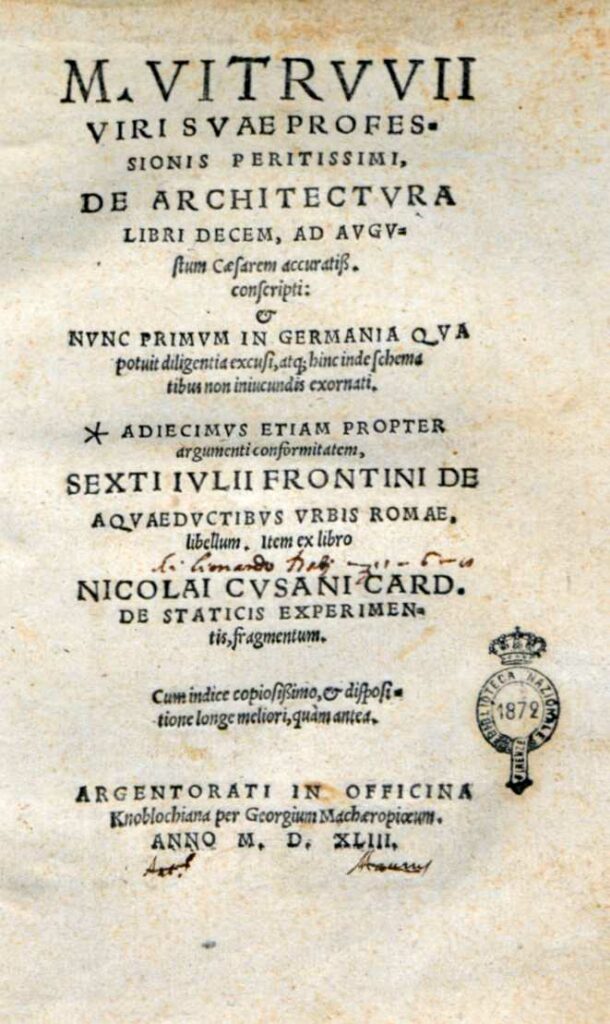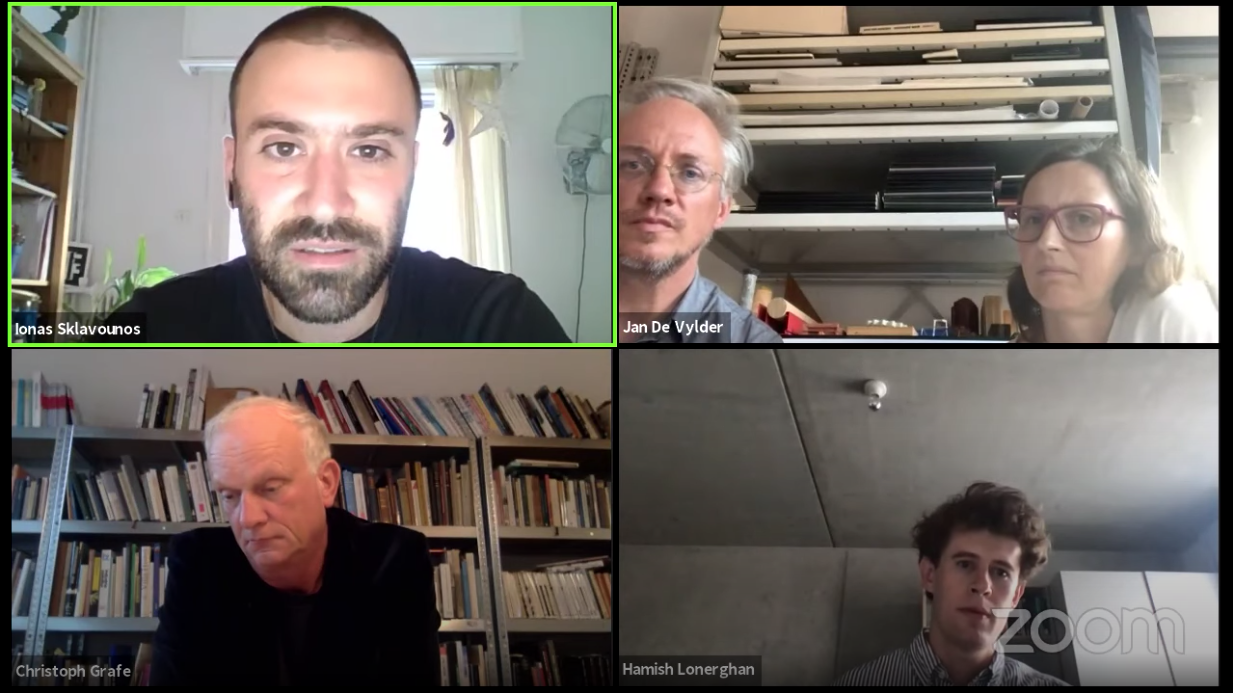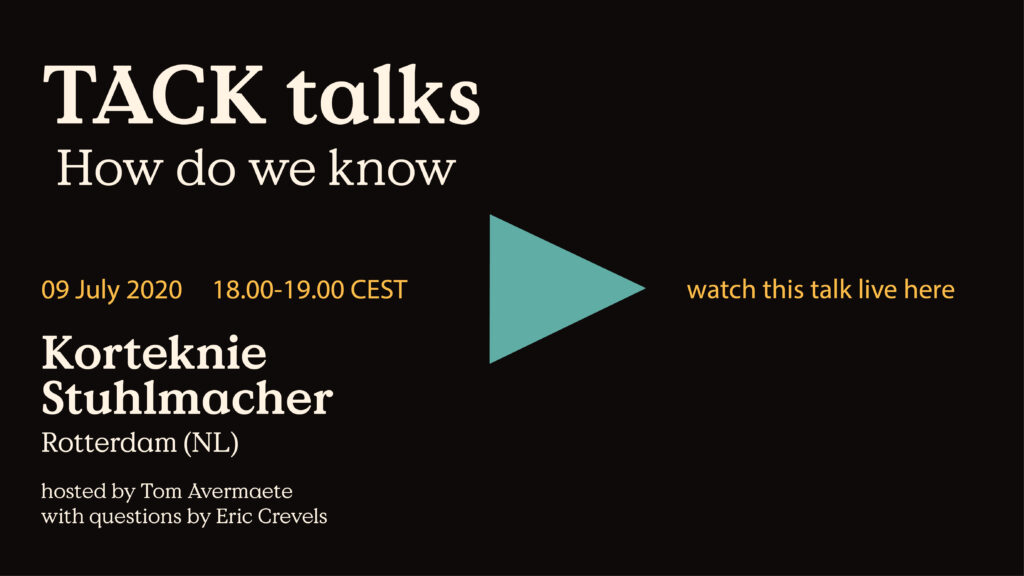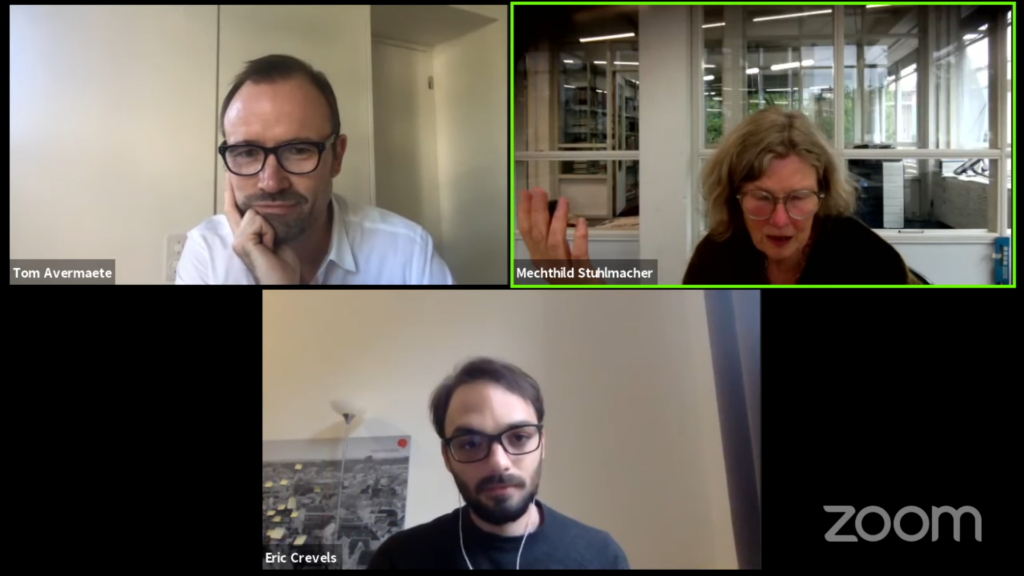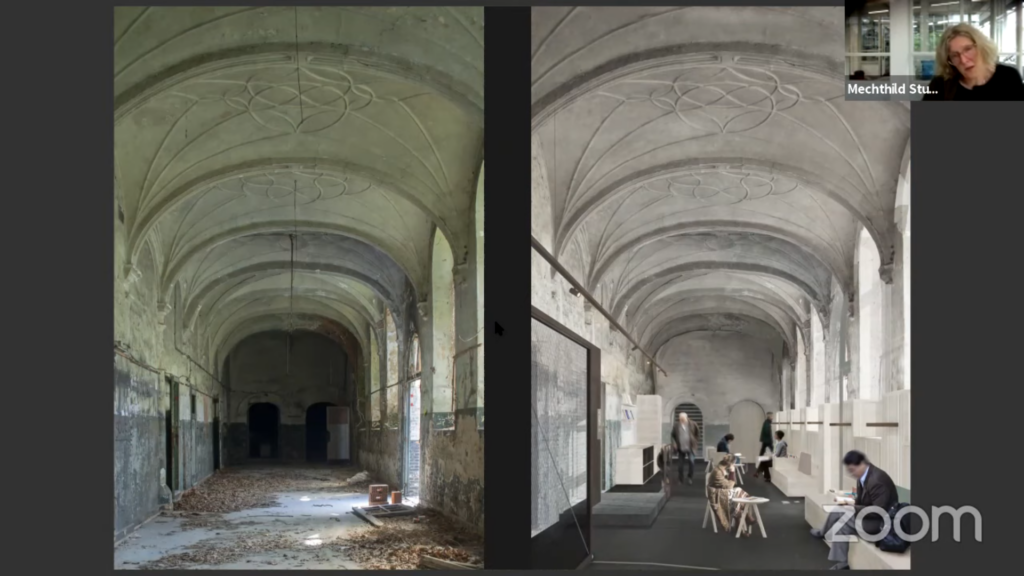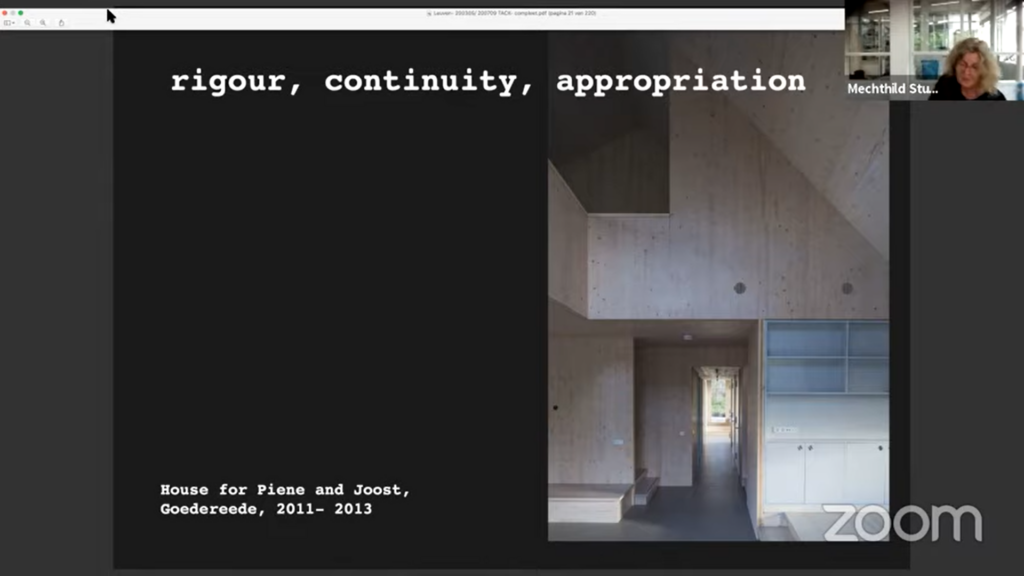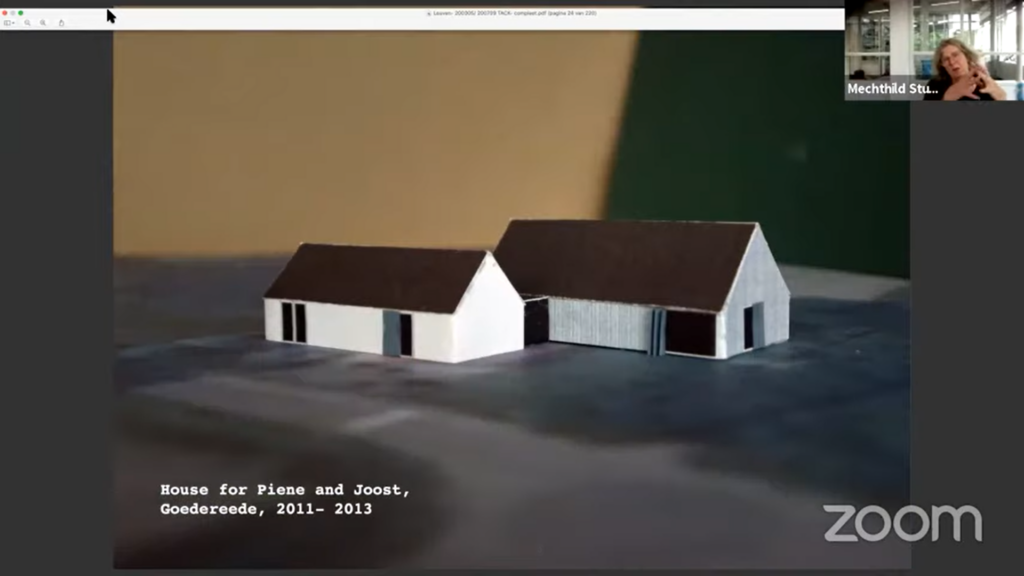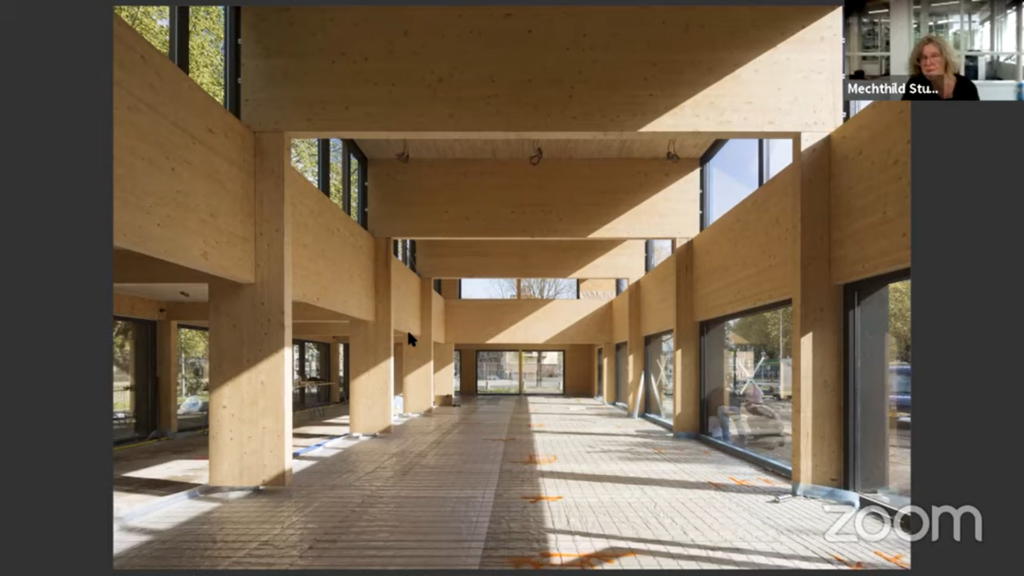Image
Newsletter
Reflection
A Map of Movements

Gennaro Postiglione initiated the idea of a “TACK Map”, visualizing the research movements of the TACK PhD Students and shares with here his thoughts on the produced map.
Gennaro Postiglione
Image
Newsletter
Reflection
May 20, 2022
View
A Map of Movements
Gennaro Postiglione

Gennaro Postiglione initiated the idea of a “TACK Map”, visualizing the research movements of the TACK PhD Students and shares with here his thoughts on the produced map.


















